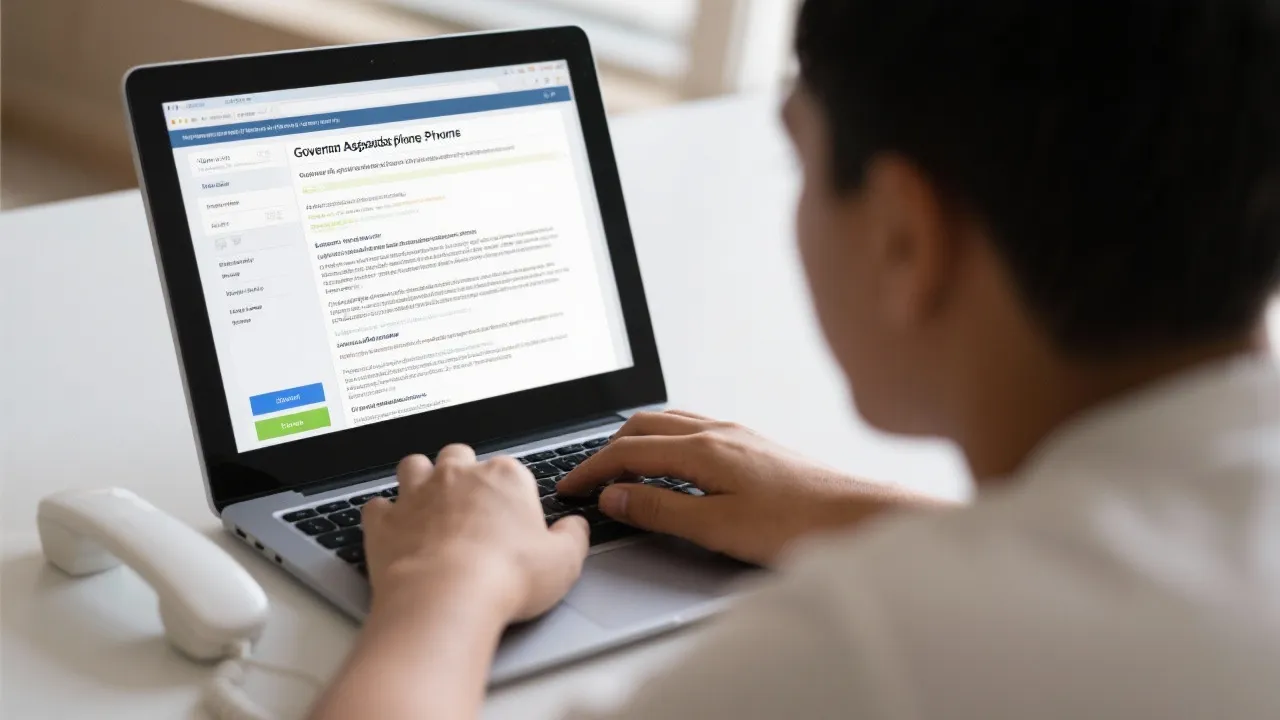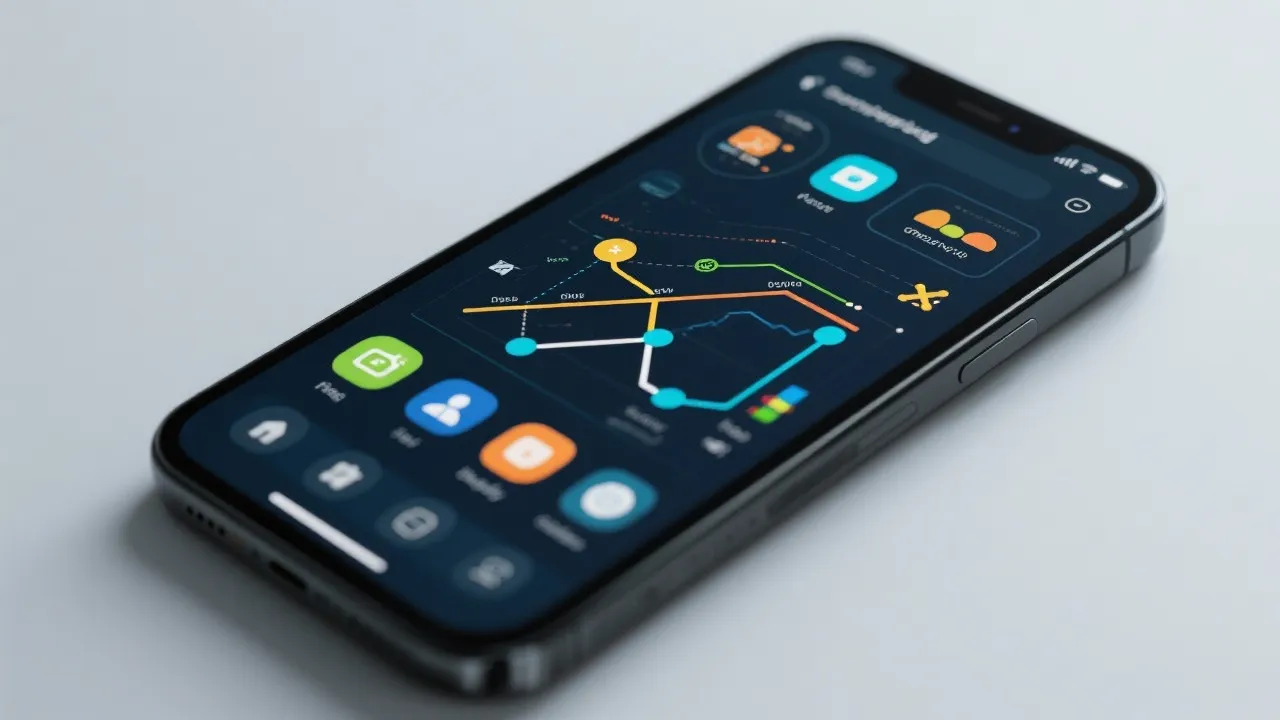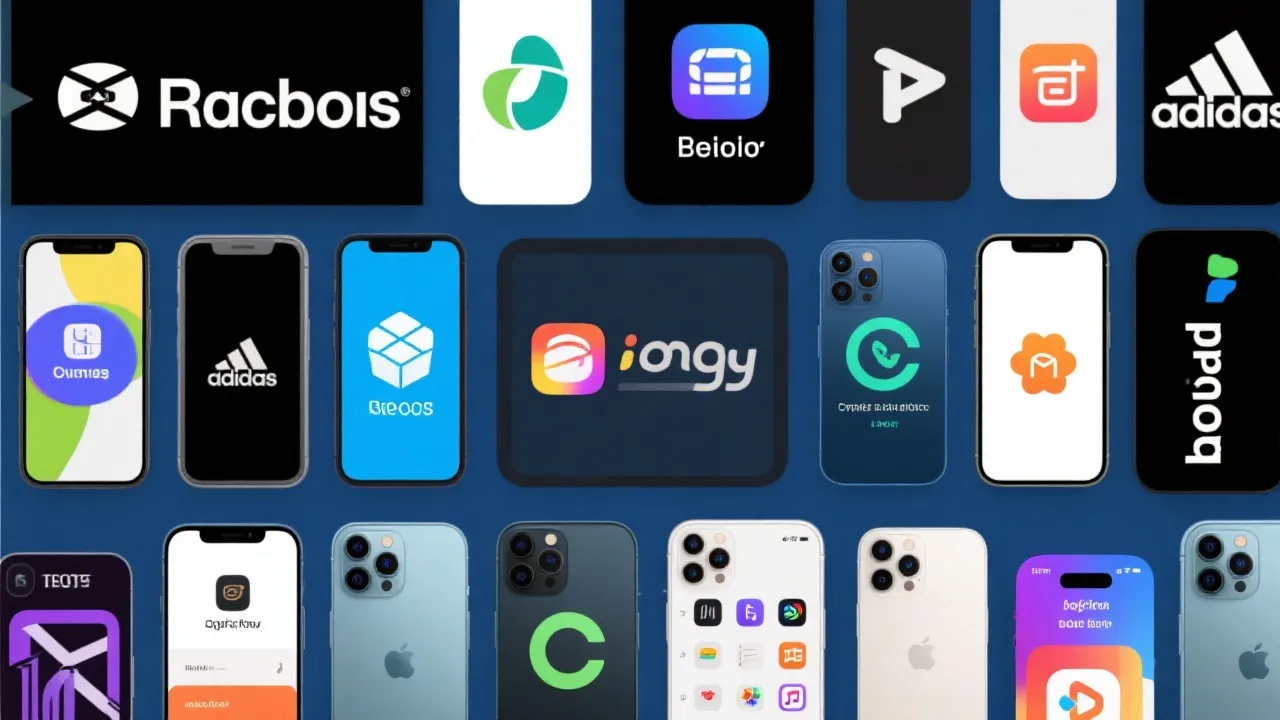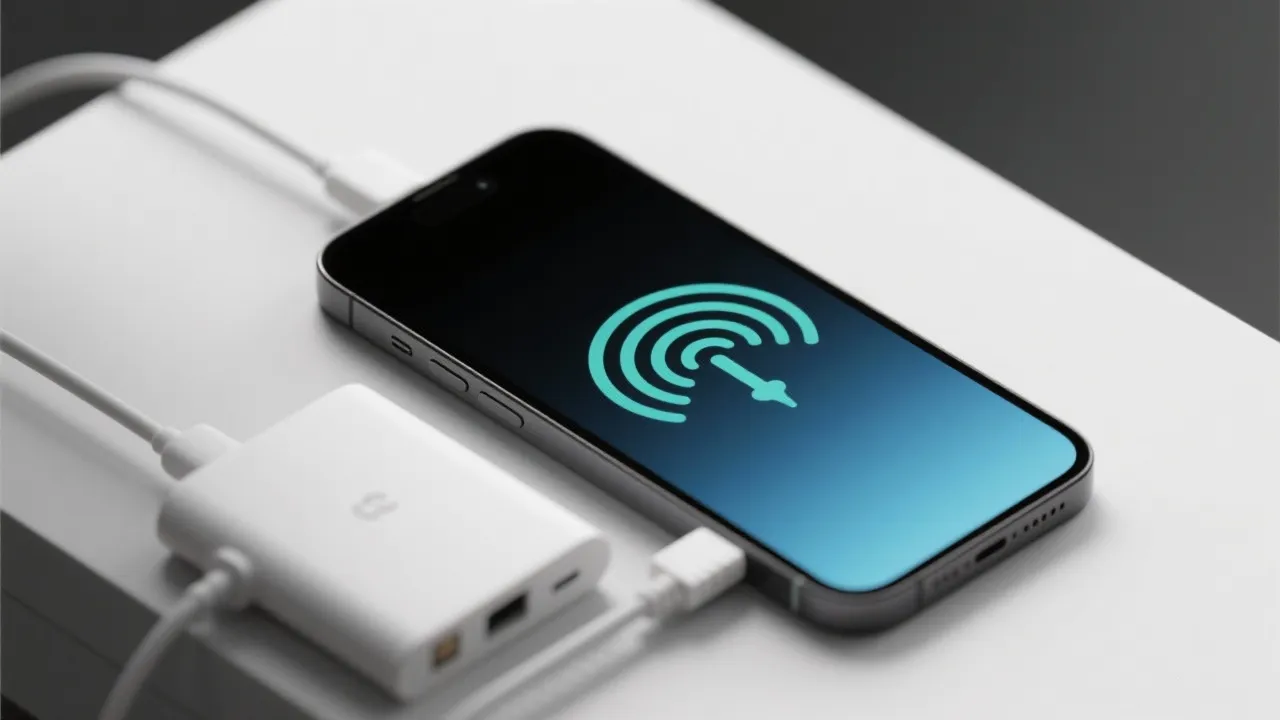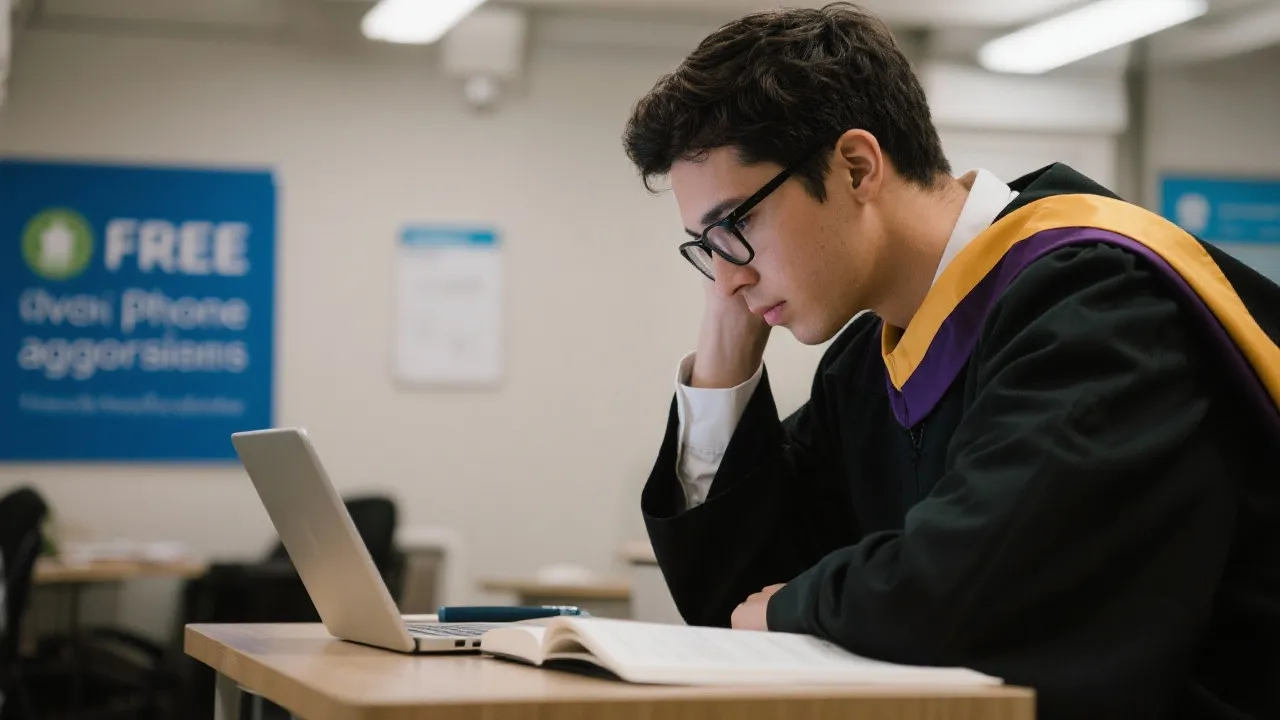Navigating Government Phone Programs
This guide provides an expert analysis of government-supported phone programs for eligible individuals, offering insights into available providers and their services. Affordable phones are often a necessity for individuals under economic constraints, aiding in communication, job searches, and access to emergency services. The article delves into eligibility criteria, application processes, and compares popular service providers in various regions.

Understanding Government Phone Programs
In today's digital age, staying connected is more crucial than ever. For many, having access to a phone facilitates essential communication, access to emergency services, and participation in the modern economic landscape. Government-supported phone programs are designed to assist those who might otherwise be unable to afford these vital tools. Various service providers offer these programs, ensuring that eligible individuals can benefit from affordable communication services. Let's explore some of the prominent providers and their offerings, delving deeper into how these services can make a significant difference in people's lives.
Key Providers of Government Phone Services
Here, we provide a detailed analysis of the top five providers offering government phone services. Each of these organizations has tailored plans to meet diverse needs, and understanding their offerings is integral to making an informed decision. We will also dive into the unique features of each provider, illustrating how they cater to various demographics and needs.
| Provider | Services Offered | Additional Costs |
|---|---|---|
| SafeLink Wireless | Affordable smartphone or BYOD options, unlimited text, calls, and varying data plans | Premium devices or extra data incur additional fees |
| Assurance Wireless | Affordable Android smartphone, unlimited talk, text, and data allowances | High-speed data and international calling may have fees |
| StandUp Wireless | Affordable smartphone or BYOD, plus unlimited talk, text, and data | Costs applicable for premium upgrades or extra data |
| Access Wireless | Unlimited voice, text, and capped high-speed data via Lifeline and ACP benefits | Data boosts and device upgrades are available at a cost |
| True Wireless | Government-supported devices with voice and data plans | Upgrades to better devices or extra data plans have charges |
Source: SafeLink Wireless, Assurance Wireless, StandUp Wireless, Access Wireless, True Wireless
Eligibility and Application Process
Eligibility for these programs typically hinges on income levels or participation in specific government assistance programs such as Medicaid, SNAP, or SSI. Applicants residing on Tribal lands may also receive additional benefits:
- Income requirement: At or below 135% of the federal poverty guidelines for Lifeline, and 200% for ACP.
- Participation in government assistance programs.
- Residency: Applicants must be residents of the state in which they are applying.
It is important for potential applicants to familiarize themselves with specifics, as requirements may vary slightly across different states or providers. Understanding these nuances can help ensure a successful application process.
How to Apply
Most providers have streamlined their application processes to allow easy online applications. Typically, applicants need to complete an online form, provide proof of eligibility, and sometimes upload necessary documentation. Some providers also allow applications through the Lifeline National Verifier, which simplifies the process of verifying eligibility across multiple service providers.
When applying, it’s crucial to have the necessary documentation ready. This includes proof of income, identification, and any other documents that demonstrate eligibility for government assistance programs. Having these materials organized can accelerate the approval process.
Why Opt for a Government Phone Program?
Government phone programs ease the financial burden for low-income households, ensuring they maintain contact with family, friends, and potential employers. Additionally, during emergencies or health crises, immediate access to assistance becomes feasible, improving quality of life and offering peace of mind. In the context of a rapidly-changing society, having reliable communication can be transformative.
Moreover, these programs can also help bridge the digital divide that affects many disadvantaged communities. Access to reliable communication tools enables individuals to engage with remote work opportunities, access educational resources online, and stay informed about community events and services. For students, in particular, this can be a game-changer, allowing them to access online classes and educational materials that are essential for their academic success.
Success Stories
Many individuals have benefitted significantly from government phone programs, illustrating their impact. Consider Sarah, a single mother from a low-income neighborhood. After enrolling in Assurance Wireless, she received a smartphone and unlimited talk and text. This connection enabled her to apply for jobs, communicate with her children’s teachers effectively, and engage with community health resources. Sarah expressed relief at the newfound stability and accessibility, which greatly enhanced her family’s quality of life.
Similarly, Jeff, a veteran living on a limited income, utilized SafeLink Wireless to gain access to communication tools that aligned with his needs. Living alone with health concerns, having a reliable phone allowed him to stay in touch with friends and access local healthcare services without fear of being unreachable in emergencies. Jeff noted that this program has not just helped him stay connected but also improved his mental health by reducing feelings of isolation.
FAQs
- What types of phones are provided?—Most programs offer entry-level smartphones, although upgrades to premium models are often available at an additional cost. These smartphones are typically equipped with essential features, including internet connectivity, GPS, and access to essential applications.
- Can I bring my own device?—Yes, many providers allow users to bring their own compatible device instead of opting for the provided handset. This flexibility can be beneficial for those who already own a smartphone they prefer to use.
- Is there a comprehensive list of providers?—While we outlined five major ones, many other regional options exist depending on state regulations and provider availability. Researching local options can yield additional benefits tailored to specific communities.
- How frequently can I obtain a device?—Typically, the benefit is available once per household, and reactivation or replacement devices follow specific guidelines set by each provider. In case of loss or damage, consumers should know the steps to take to replace their device.
- Are there any limitations on data usage?—Yes, many programs have specific data caps in place. Once the allotted data is consumed, users may either experience throttled speeds or additional charges for more data. It's essential to monitor data usage to avoid unexpected fees.
- Can I use the government phone for emergency services?—Yes, government phones are capable of dialing emergency services. They cater to the essential need for safety and security, ensuring users can reach out for help when needed.
Working with Local Community Organizations
To maximize the effectiveness of government phone programs, many local community organizations collaborate with service providers to facilitate outreach and education. These efforts often include community workshops that explain the benefits of such programs, assisting individuals with the application process, and providing ongoing support for participants as they navigate their new services.
By partnering with trusted community organizations, providers can reach underserved populations who may be unaware of the available options. Organizations often tailor their outreach strategies, ensuring cultural competencies are maintained and that residents feel comfortable seeking assistance. This localized approach is invaluable, as it builds trust and allows for more comprehensive support networks to develop.
Challenges and Criticisms
While government phone programs have positively impacted many individuals, they have also faced criticisms and challenges. Some users report inadequacies in customer service, leading to frustrating experiences when seeking help. Additionally, there are concerns regarding service quality and coverage that vary by provider, which can affect user experience.
Moreover, as technology evolves rapidly, some individuals feel that the programs do not keep pace with the latest advancements. Features available on mainstream smartphones may not always be reflected in the devices provided by government program providers, which can limit the actual utility of the phone.
Also, navigating eligibility requirements can be cumbersome for some, especially those who may not have adequate access to computer resources or internet literacy. This has compelled many advocates to call for reformed, simplified application processes that can better assist low-income individuals in receiving the support they need promptly.
Future Directions of Government Phone Programs
Looking ahead, government phone programs may evolve to provide more inclusive and advanced options as technology and society change. With discussions surrounding universal broadband access heating up, these programs could expand beyond voice and text services to encompass comprehensive internet access for all participants. This transition would align with efforts to bridge the digital divide while ensuring that underserved populations can access information, resources, and education.
Additionally, as the demand for telehealth services rises, there's a significant opportunity for government programs to integrate healthcare communication into their offerings. This can significantly benefit users who require regular medical consultations or mental health support—ensuring they can connect with healthcare providers safely and effectively.
Moreover, program providers may explore partnerships with technology companies to incorporate newer devices that provide enhanced services while remaining affordable. Collaborations of this nature could help enhance the basic offerings while ensuring they are accessible and user-friendly for everyone.
Conclusion
The intersection of technology and financial assistance has made phone services accessible to more people than ever before. While there are certainly challenges to address, the benefits of government phone programs are undeniable. They serve as lifelines for countless individuals, providing essential tools for communication that can change lives.
As technology and society continue to evolve, it is essential for providers to adapt, improving user experiences while continuing to meet the needs of vulnerable populations. Always refer to the provider's official guidelines to navigate the qualification process securely and effectively, ensuring you don’t miss out on the assistance available to you.
Disclaimer: The information provided here draws from online resources and is accurate as of October 2023. This webpage doesn't guarantee access to government-provided phones. For details on application requirements and processes, consult the provider's official documentation. Updates on this site are not real-time.
-

A Guide to Cost-Efficient Small Electric Cars for Seniors
-

Mastering Debt Consolidation: Boost Your Credit Score and Manage Interest Rates
-

Your Guide to Loans, Credit Checks, and Interest Rates
-

Affordable Independent Living: Finding the Right Senior Housing
-

Guide to Senior Living Apartments: Affordable and Comfortable Environments





